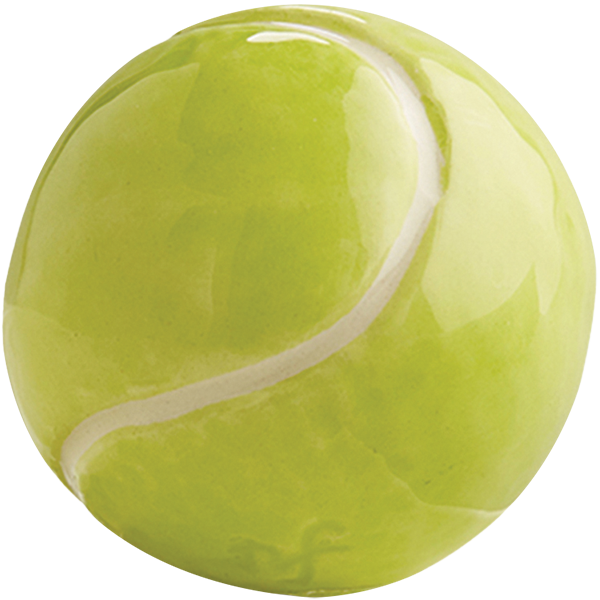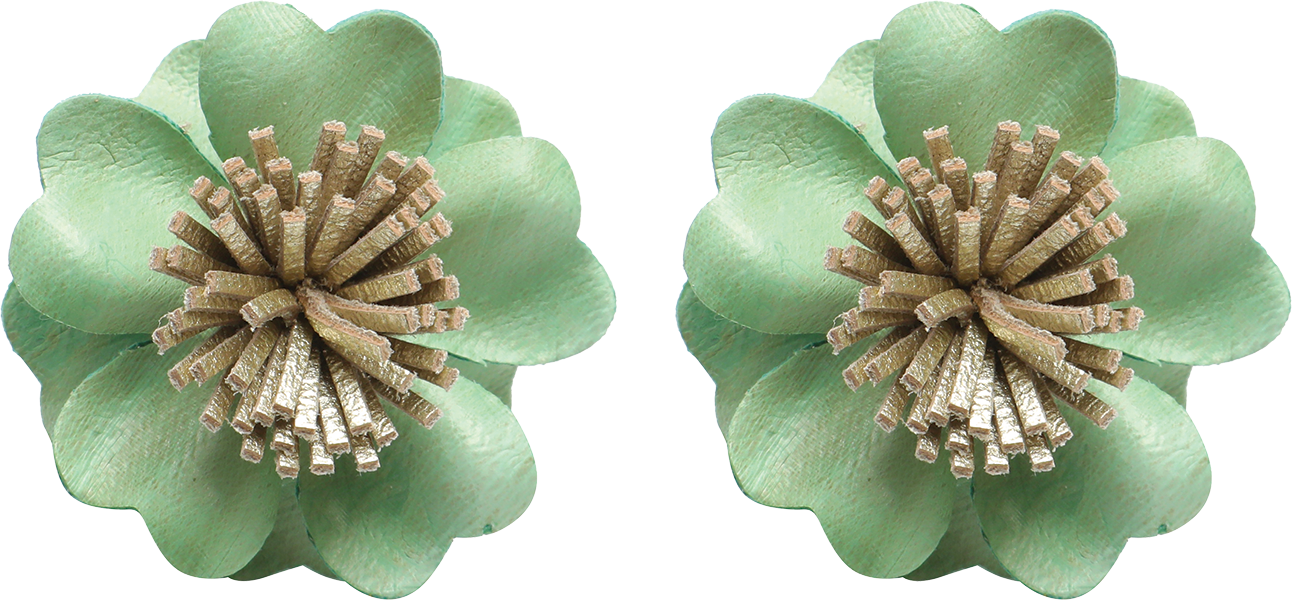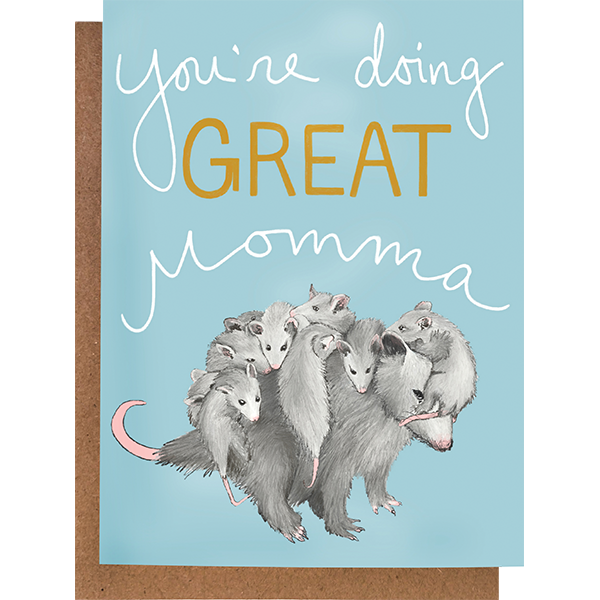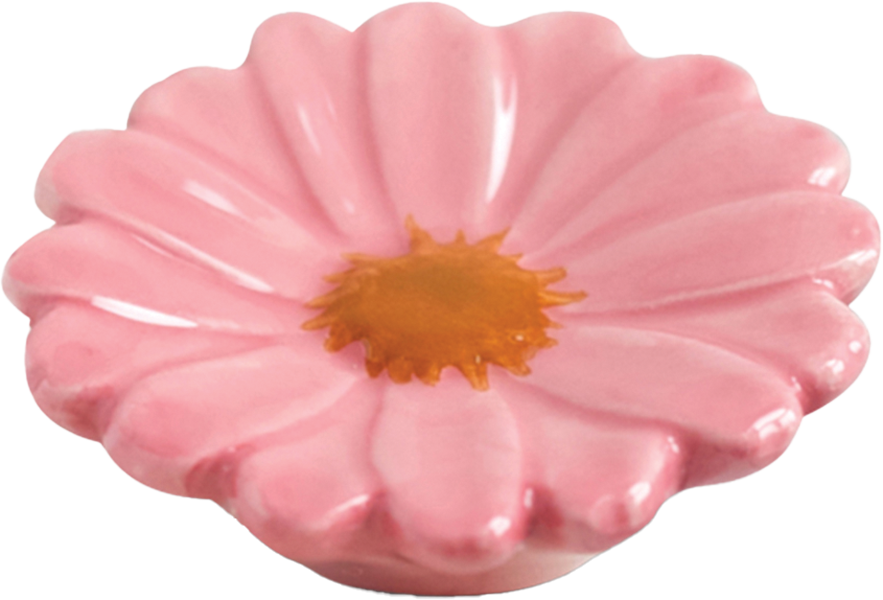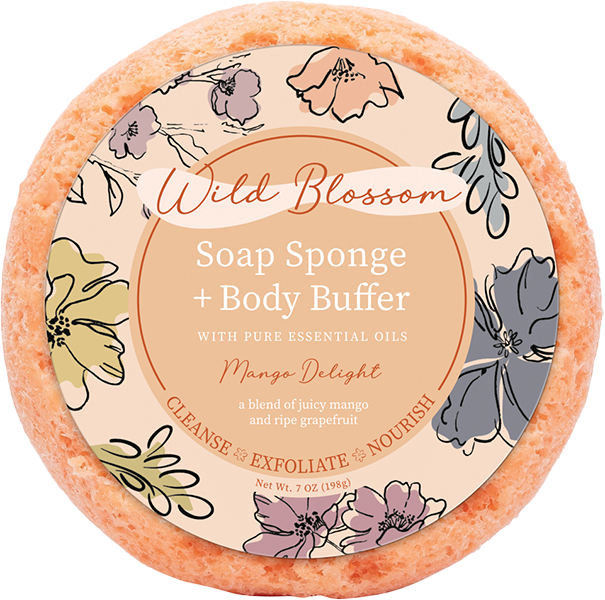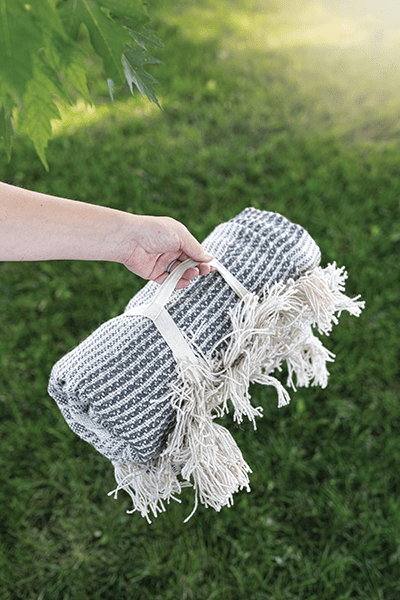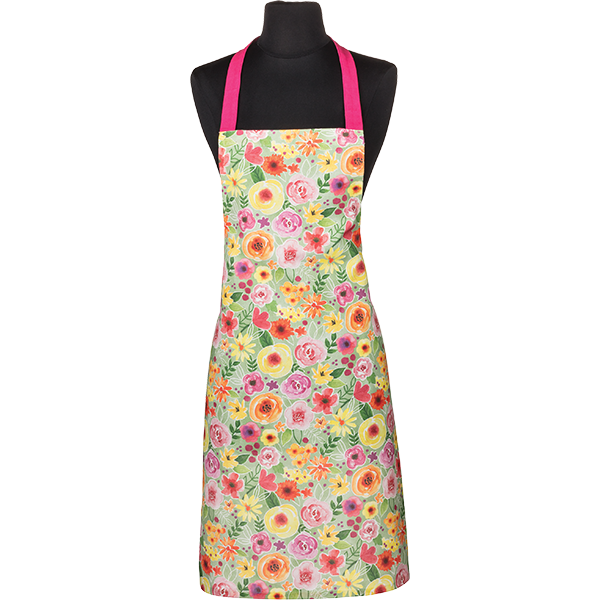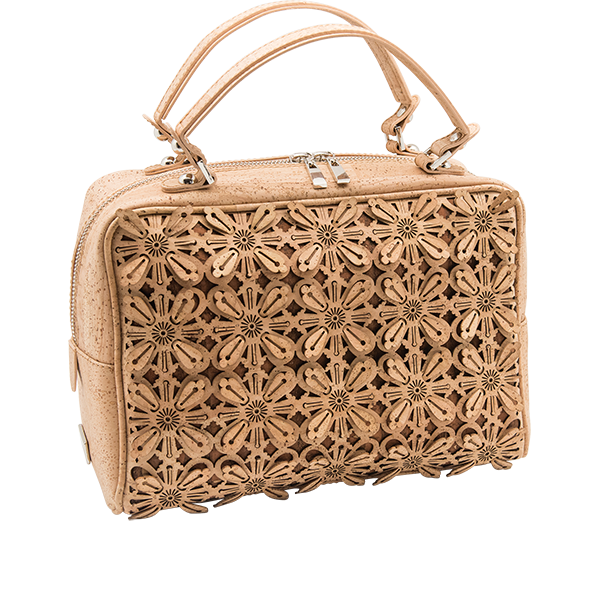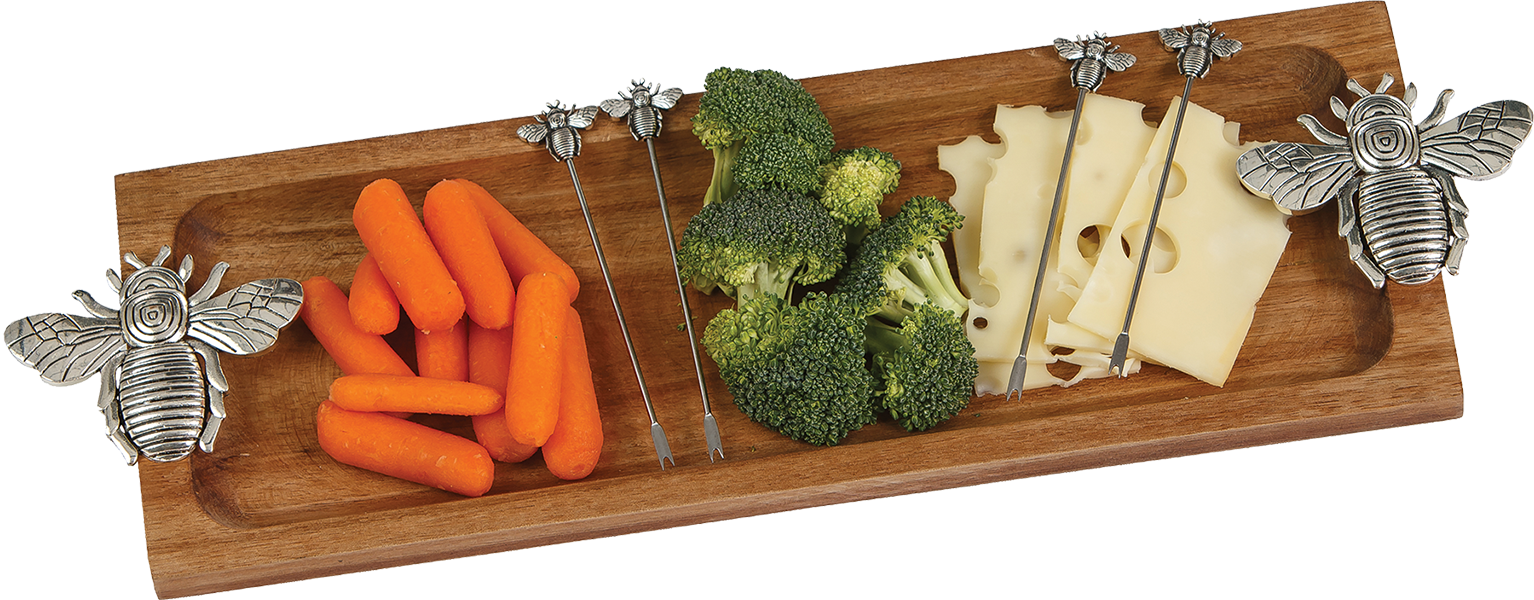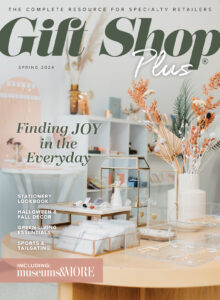Handcrafted Heyday
The demand for handcrafted products is growing. Customers are clamoring for unique and original gifts that can’t be bought at mass retail chains. Connecting retail buyers with the makers has become a priority for many trade markets and shows in the gift industry. National and regional gift trade shows throughout the U.S. are recognizing the importance of having one-of-a-kind handmade items, and many are dedicating an area of the show floor for makers and artists to showcase their handmade designs.
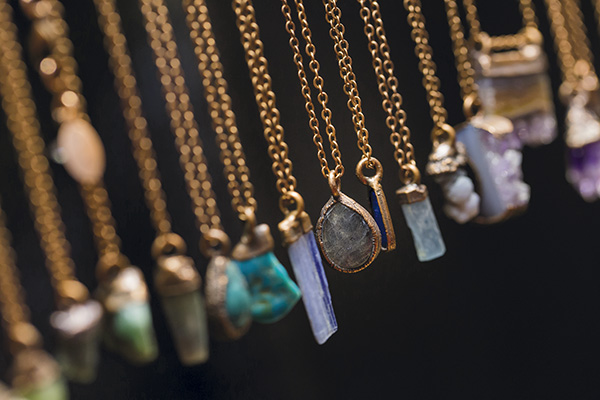
“When it comes to gift giving, consumers enjoy being able to give gifts that are unique, special and memorable,” said Jhana Jordan of the Seattle Gift Show. “Handmade gifts are believed to be one-of-a-kind, special, something that only a fortunate few people will ever own.”
Lynn Visser of the Philadelphia Gift Show agreed. “In addition to receiving a gift that is one-of-a-kind, handmade gifts also make a consumer feel good about their purchase. They enjoy the idea of being able to make a difference in other people’s lives whether it’s helping the environment, supporting a charity or social cause, or making a difference in the lives of the makers by supporting their craft and providing them opportunities to be paid for meaningful work,” Visser said.

Consumers increasingly care about the impact of their purchase. “They want transparency, authentic brands, and ultimately something that they can connect with,” emphasizesdRandi Mohr, Vice President of Sales and Marketing for Emerald Expositions, which represents both NY NOW and American Handcrafted. “As a result, purchasing products that have a social impact is on the rise and U.S. consumers and retailers seek handmade, ethically sourced products that are sustainable and are differentiated from mass-produced products.”
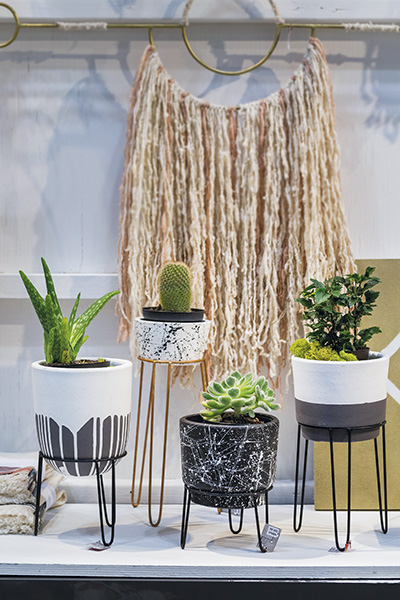
Amy Dufour, a Marketing Manager for Urban Expositions, said they recently launched two new curated tabletop display areas at the Seattle Gift Show and Philadelphia Gift Show called Artisan Alley, as well as Northeast Flavors (in Philadelphia) and Northwest Flavors (in Seattle) to help each show’s respective regional retail audience pinpoint an even bigger selection and assortment of locally-made gifts and gourmet specialty food items that are unique to their area.
At the Seattle Gift Show, Pacific Northwest retailers will find even more handcrafted, one-of-a-kind designs and Northwest accents from the show’s popular handmade Makers’ Market section and pavilion of artists from Seattle’s largest indie craft show — Urban Craft Uprising. “We’re also pleased to be working with Seattle Made, a program of the Seattle Good Business Network. For our August edition, we’re inviting their members to participate in our new Northwest Flavors section — giving them a great entry point to connect with local and regional retailers,” Jordan said.
Dallas Market Center, in partnership with the International Folk Art Alliance, will serve as the exclusive host of the International Folk Art Market Collection during Dallas Total Home & Gift Market in June. The International Folk Art Market Collection presents dozens of artisans from all over the world showcasing their wares and sharing their stories through their art.
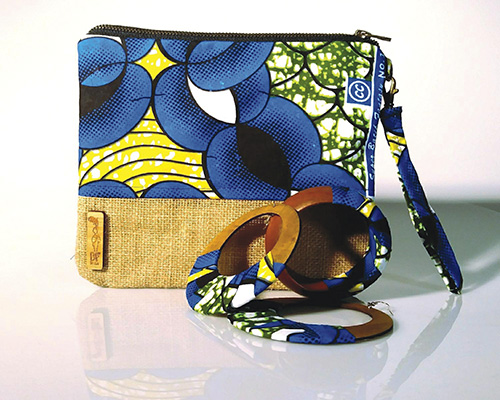
The exhibit will be held in the World Trade Center Atrium where buyers can peruse hand crafted jewelry, gifts, and home décor and get to know the artisans representing Mexico, Uzbekistan, India and other countries.
“Our buyers seek out unique products with a story,” said Cindy Morris, president and CEO of Dallas Market Center. “The International Folk Art Market Collection in Dallas offers one-of-a-kind and personalized products for buyers to share with their customers, and they can see the direct impact their purchases make on the artisans.”
The wholesale connections made in Dallas provide year-round income for the artists, creating a lasting economic impact on their communities.
Tell the story
The best way for retailers to be successful selling handmade is to know the story, said Mohr. “People purchase handmade goods based on the story behind the products and the makers,” she said. “Whether they’re buying something for themselves or a gift for a friend or relative, consumers are looking for a connection in their purchases. A knowledgeable retailer that can describe the materials used to create a line of bracelets or who can inform the consumer that by buying these gloves knit in Peru, a percentage of sales goes back to educating children in villages where the products are made, can make the sale.”
Stacey Barrett-Brooks, President of Niche Fair, agrees. “Retailers should work closely with the maker to convey the story behind the product in a way a customer can relate,” she said. An example of this is holding in-store pop up events with the makers so the customers can meet the maker in action with the product line.

Customers love product knowledge, and with handmade you can tell them about the maker, the materials and the process, according to Dian Sulg, CRAFT President & American Craft Week Founder. “Most handmade products come with small artist or product cards. Include them with every purchase. Train your staff to know where the item was made, the maker’s name and at least one interesting fact about it that will catch the buyer’s interest and imagination,” she said.
Trending Categories
With handcrafted products having their day, it is difficult to determine which segment of the gift industry has the greatest potential for growth.
“The home and tableware industries are prime for growth within the handmade sector, specifically ceramics, textiles and glass,” Mohr said. “Of course, we also continue to see growth in handcrafted jewelry as well.”
Carol MacNulty of Aid to Artisans said the continued growth and expansion of traditional textiles offered in ways new to the market, whether for home, apparel or accessories, is a striking trend. The significant resurgence of traditional weaving techniques from all corners of the world continues to expand. “Not only do these traditional forms have application in many retail sectors, they imbue all those elements that make handmade so appealing. They may carry higher price points, yet they offer the satisfaction of a personal connection to artistic skills and cultural preservation. Elements of handmade style may be knocked off, but nothing can match the character and longevity of handmade textiles.” MacNulty said.
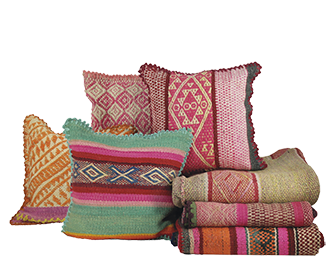
Liz Silver, director of leasing for Handmade and Gift at Las Vegas Market, feels each of these categories is currently growing. “Bath and body resources have evolved more recently in our market due to an increase interest in health and wellness,” she said. “Stationery and paper are strong product categories for this coming season in LVMKT. Even though we are living in a digital world, we can still express our sincerity, love and excitement through the written word. What better way to do that through handwritten letters, notes, or cards.”
Personal and self-care is also a really big trend right now — handmade bath and body products that use natural, organic and sustainable ingredients. “Consumers are definitely more aware of how products are being made and they’re curious to know what’s in them,” Jordan explained.
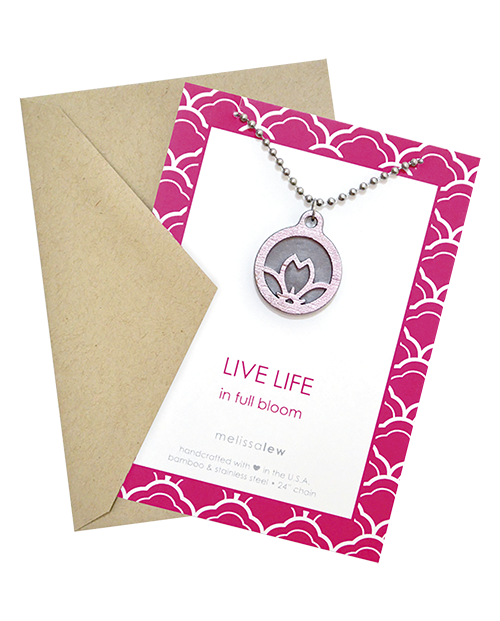
In addition, handmade jewelry and personal accessories, such as scarves and handbags, are enjoying an enormous surge, Sulg said. “People love being able to display their individual personality by wearing unique items. Also many of these items have an enormous price range, so shoppers can find items that fit their pocketbooks. Look at handmade earrings — we have seen stunning pieces ranging anywhere from $25 to $2,500!”
“I think all of these segments have potential to do well as consumers are starting to look for gifts that are well made, safe and have that one-of-a-kind feel as it makes them feel good about their purchase knowing they are giving a friend or a loved one a special gift that no one else has,” emphasized Visser.













